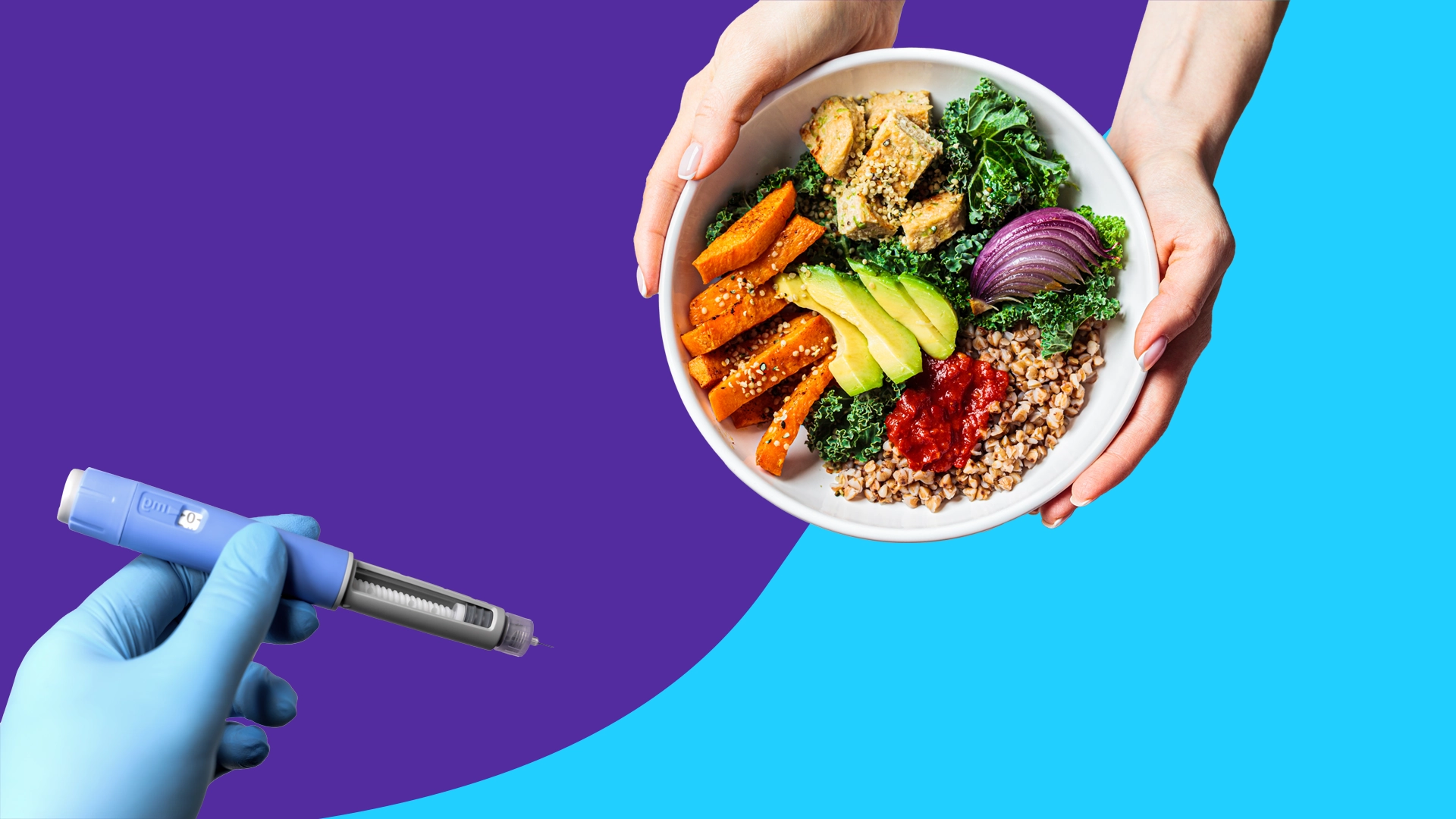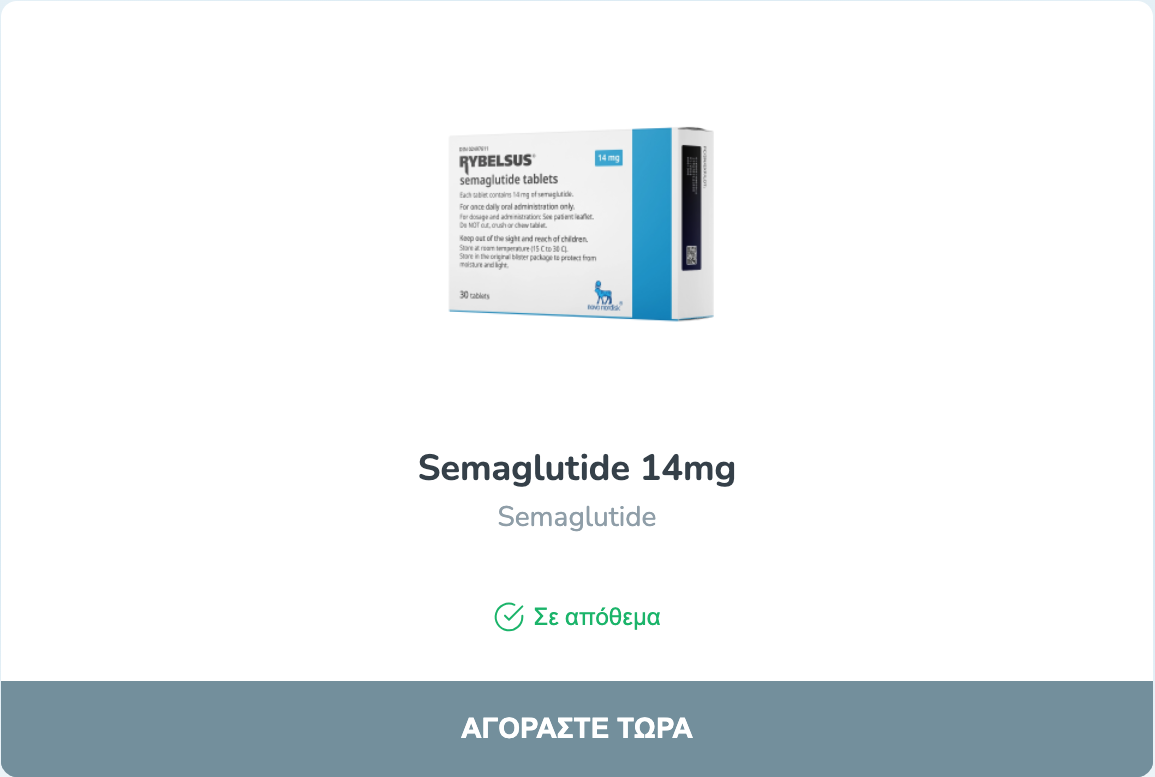Guidelines for maintaining a healthy diet while losing weight with Ozempic or Wegovy
According to doctors and dietitians, patients using these medications tend to eat less and may experience side effects like nausea, so it's important to focus on specific foods.

Diet may become even more crucial when losing weight with Ozempic or Wegovy.
Both of these GLP-1 medications contain semaglutide, which imitates a hormone that signals to the brain that you've eaten. As a result, users often experience reduced appetite and side effects like nausea, which can influence how much food they can consume.
This can lead to significant changes in eating habits.
"Patients often skip meals because they don't feel hungry," explains Dr. William Yancy, a medical weight management expert at Duke Health in Durham, North Carolina, in an interview with TODAY.com.
"Missing a meal isn't a big concern, but it's important to ensure they’re getting enough protein and nutrients throughout the day."

Jeannine DellaVecchia recalls forcing herself to eat while on Ozempic due to having "no appetite," feeling "completely nauseous," and "vomiting frequently."
"Some days, I would make omelets just to try to get something into me," says DellaVecchia, 41, who works for a hospital in Philadelphia, Pennsylvania, in her conversation with TODAY.com.
"You don’t feel like eating… it just wasn’t good for me."
DellaVecchia was prescribed Ozempic, a treatment for Type 2 diabetes, to manage symptoms linked to insulin resistance caused by congenital adrenal hyperplasia and polycystic ovary syndrome. While weight loss wasn't her main goal, she was curious if the medication might help her shed some pounds.
It did exactly that, as DellaVecchia lost 30 pounds between August 2022 and February 2023. However, she discontinued the medication due to the side effects she couldn’t tolerate.
Though she hasn’t returned to Ozempic, DellaVecchia has successfully maintained her weight loss with the help of the keto diet—"no carbs," as she puts it—and guidance from her registered dietitian, Emily Rubin.
"I’ve seen patients experience chronic nausea and vomiting from semaglutide, which can lead to dehydration and malnutrition if they aren’t able to consume enough calories or fluids each day," says Rubin, director of clinical dietetics in the division of gastroenterology and hepatology at Thomas Jefferson University Hospital in Philadelphia, in an interview with TODAY.com.
Dr. Maria Daniela Hurtado Andrade, an endocrinologist at the Mayo Clinic’s Precision Medicine for Obesity program, advises patients taking these medications on the importance of staying hydrated.
"You may not feel like eating, and sometimes you won’t want to drink, so it’s essential to remind yourself to stay hydrated, even if you're not hungry," Hurtado Andrade explains. The doctor is a consultant for Novo Nordisk, the maker of Ozempic and Wegovy.
How to Eat While Using Ozempic and Wegovy
Wegovy, which is FDA-approved for weight loss, should be used alongside a reduced-calorie diet and increased physical activity, according to the agency.
Although Ozempic is not FDA-approved for weight loss, it's common for doctors to prescribe it off-label for this purpose.
Patients using either medication for weight loss should collaborate with a dietitian to create a personalized meal plan. Generally, they should aim for a daily intake of 1,200 to 1,800 calories, depending on their starting weight, according to Rubin.
Dr. Louis Aronne, an obesity medicine specialist and director of the Comprehensive Weight Control Center at Weill Cornell Medicine and NewYork-Presbyterian, advises focusing on a variety of vegetables and healthy proteins as the core of the diet.
"Studies show that eating vegetables and protein first, followed by carbs at the end of a meal, can help manage blood sugar and may benefit weight loss as well," Aronne, a scientific adviser for Novo Nordisk, tells TODAY.com.
"The foundation of the diet should be real, healthy food."
What Is the Best Diet for Ozempic?
Since anti-obesity medications reduce appetite, it’s crucial to prioritize nutrient-dense foods, researchers note in the journal Obesity. These include vegetables, fruits, whole grains, seafood, eggs, beans, lentils, unsalted nuts and seeds, low-fat dairy products, and lean meats and poultry.
Dr. Zhaoping Li, professor of medicine and chief of clinical nutrition at UCLA, highlights the importance of using semaglutide as an opportunity to adopt healthier eating habits. "It’s a chance to make better food choices," Li tells TODAY.com. "Losing weight while eating healthier is the best outcome."
For those using the drug, Rubin advises focusing on lean protein sources like chicken, turkey, fish, eggs, beans, soy, and low-fat dairy. If nausea or a lack of appetite is an issue, she suggests incorporating low-calorie protein drinks.
Dr. William Yancy emphasizes the importance of eating adequate protein and vegetables at every meal, noting that a lack of protein can lead to muscle loss, weakness, hair loss, and other issues. The Obesity study recommends at least 60 grams of protein daily, spread across meals and snacks. Protein helps preserve muscle and provides essential amino acids for growth and development, adds dietitian Kristin Kirkpatrick.
Vegetables and fruits are vital for their vitamins, minerals, and fiber, while healthy fats such as avocados, nuts, and seeds should be included in one to two daily servings. Rubin also suggests limiting whole grains to half a cup per meal, choosing options like whole-wheat pasta, tortillas, quinoa, or sweet potato for their high fiber content.
Hydration is equally important, as semaglutide can increase the risk of dehydration. Not drinking enough fluids may cause low blood pressure, rapid heartbeat, and dizziness, the study warns. Rubin recommends consuming eight cups of fluids daily, including water or calorie-free electrolyte drinks, to stay properly hydrated.
Managing Nausea While Taking Ozempic and Wegovy
Common side effects of Ozempic and Wegovy include nausea, diarrhea, vomiting, stomach pain, and constipation, as noted by Novo Nordisk.
Rubin advises patients to consult their doctor about any persistent symptoms and to discuss the optimal dosage to minimize side effects. According to Dr. Louis Aronne, patients usually start with the lowest dose and gradually increase it, as this approach helps manage nausea effectively.
Although some patients may be prescribed anti-nausea medications, Dr. Zhaoping Li warns against relying on them due to their significant side effects. She explains that nausea may be part of how the medication works by reducing the desire to eat.
Dr. Ania Jastreboff suggests that slowly increasing the dose, avoiding overeating, and identifying foods that trigger symptoms can help patients tolerate the side effects. For instance, foods like greasy dishes or large hoagies may exacerbate nausea, while options like yogurt with almonds, peanuts, and cinnamon can be a more suitable and satisfying alternative.
Some patients report reduced enjoyment of sweets or high-fat foods, which can make it easier to move away from an ultra-processed or unhealthy diet. If side effects persist despite dietary adjustments, Dr. Li recommends considering a lower semaglutide dose.
Tips for Reducing Nausea
From Rubin:
- Drink ginger or peppermint tea.
- Try ginger chews or capsules.
- Eat smaller, more frequent meals.
- Avoid cooking or eating strong-smelling foods.
- Steer clear of hot, fried, or greasy dishes.
- Eat slowly and avoid drinking large amounts during meals.
- Don’t lie down immediately after eating.
- Avoid wearing tight clothing around the waist.
From Novo Nordisk:
- Choose bland, low-fat foods like crackers, toast, or rice.
- Eat water-rich foods such as soups or gelatin.
- Spend time outdoors for fresh air.
Back to blog


